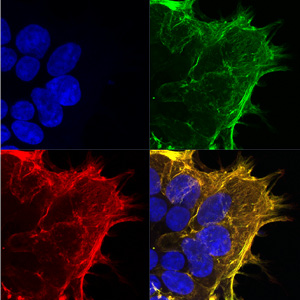
Are you one of the many labs working to develop VHH antibodies (nanobodies)? Our COO Dr Dave Fancy introduces JIR’s suite of Anti-Camelid Antibodies that can be used to enhance your nanobody research and development process.
From monitoring the post immunisation immune response, expression screening of clones by Western blotting and ELISA, through to imaging and counting by immunofluorescence or flow cytometry, JIR’s Anti-Alpaca antbodies are a comprehensive tool kit to advance your development goals.


